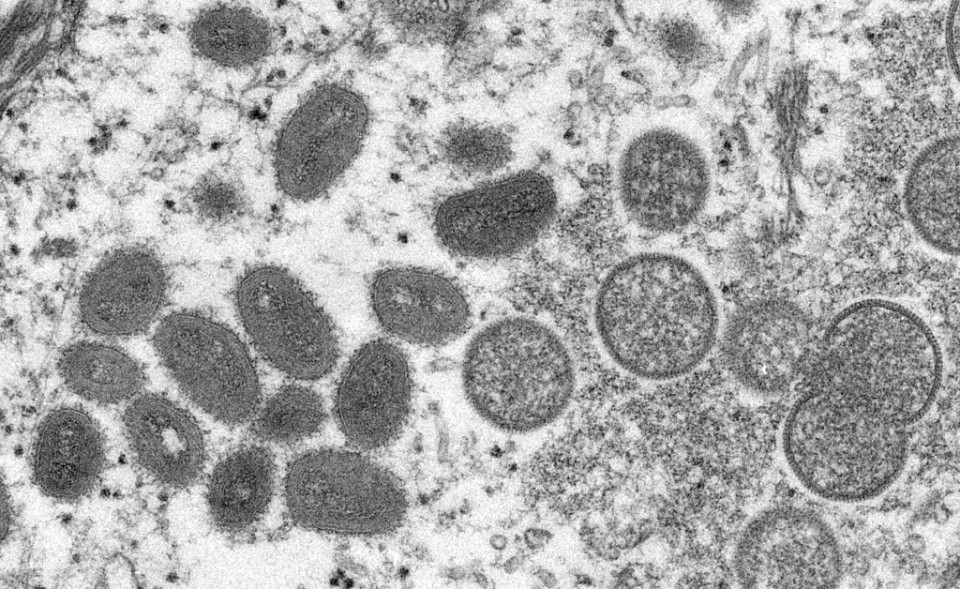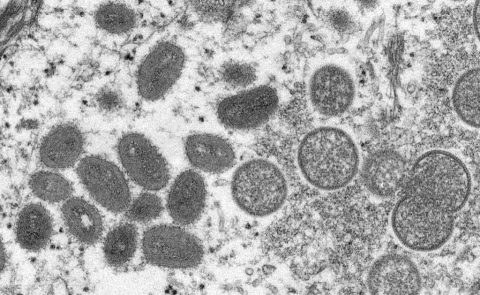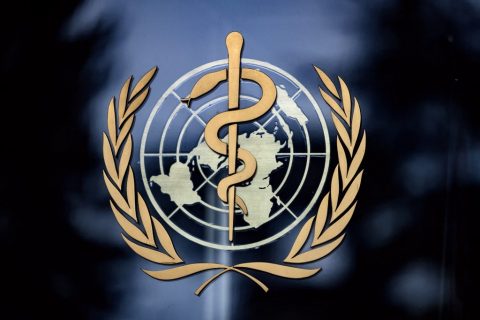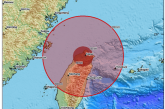Unang kaso ng human-to-animal transmission: aso, nahawahan ng monkeypox


Nanawagan ang World Health Organization sa mga taong infected ng monkeypox, na iwasang i-expose sa virus ang mga hayop kasunod ng unang kaso ng human-to-dog transmission.
Ang unang kaso ng human-to-dog transmission ng monkeypox — sa pagitan ng dalawang lalaki at ng alaga nilang Italian greyhound na magkakasamang naninirahan sa Paris — ay napaulat noong isang linggo sa medical journal na The Lancet.
Sinabi ni Rosamund Lewis, technical lead for monkeypox ng WHO, “This is the first case reported of human-to-animal transmission… and we believe it is the first instance of a canine being infected. Experts had been aware of the theoretical risk that such a jump could happen, public health agencies had already been advising those suffering from the disease to “isolate from their pets,” and “waste management is also critical” to lowering the risk of contaminating rodents and other animals outside the household.”
Kapag ang mga virus ay tumalon sa species barrier, madalas itong ipinag-aalala na maaaring maging mapanganib ang mutation.
Binigyang-diin ni Lewis, na wala pa namang reports na nangyayari na ito sa monkeypox.
Ngunit aminado siya na sa sandaling ang virus ay lumipat sa ibang setting sa ibang populasyon, may posibilidad na ma-develop ito ng kakaiba at kakaiba rin ang magiging mutation.
Ang main concern aniya ay nasa mga hayop na nasa labas ng bahay.

Ayon kay WHO emergencies director Michael Ryan, “The more dangerous situation… is where a virus can move into a small mammal population with high density of animals. It is through the process of one animal infecting the next and the next and the next that you see rapid evolution of the virus.”
Pero binigyang-diin ni Ryan, “There was little cause for concern around household pets. I don’t expect the virus to evolve any more quickly in one single dog than in one single human, and while we need to remain vigilant… pets are not a risk.”
Ang monkeypox ay orihinal na natukoy sa mga unggoy na ginagamit sa research sa Denmark noong 1958, bagama’t ito ay madalas na matatagpuan sa mga daga.
Ang sakit ay unang natuklasan sa mga tao noong 1970, ang pagkalat noon ay higit na limitado sa ilang mga bansa sa Kanluran at Central Africa.
Ngunit noong Mayo, ang mga kaso ng sakit, na nagdudulot ng lagnat, pananakit ng kalamnan at malalaking sugat sa balat na parang pigsa, ay nagsimulang kumalat nang mabilis sa buong mundo, pangunahin sa mga lalaking nakikipagtalik sa mga lalaki.
Sa buong mundo, higit sa 35,000 kaso ang nakumpirma mula noong umpisa ng 2022 sa 92 mga bansa, at 12 katao na ang namatay, ayon sa WHO, na nagsabing isa nang global health emergency ang outbreak ng sakit.
@ Agence France-Presse




